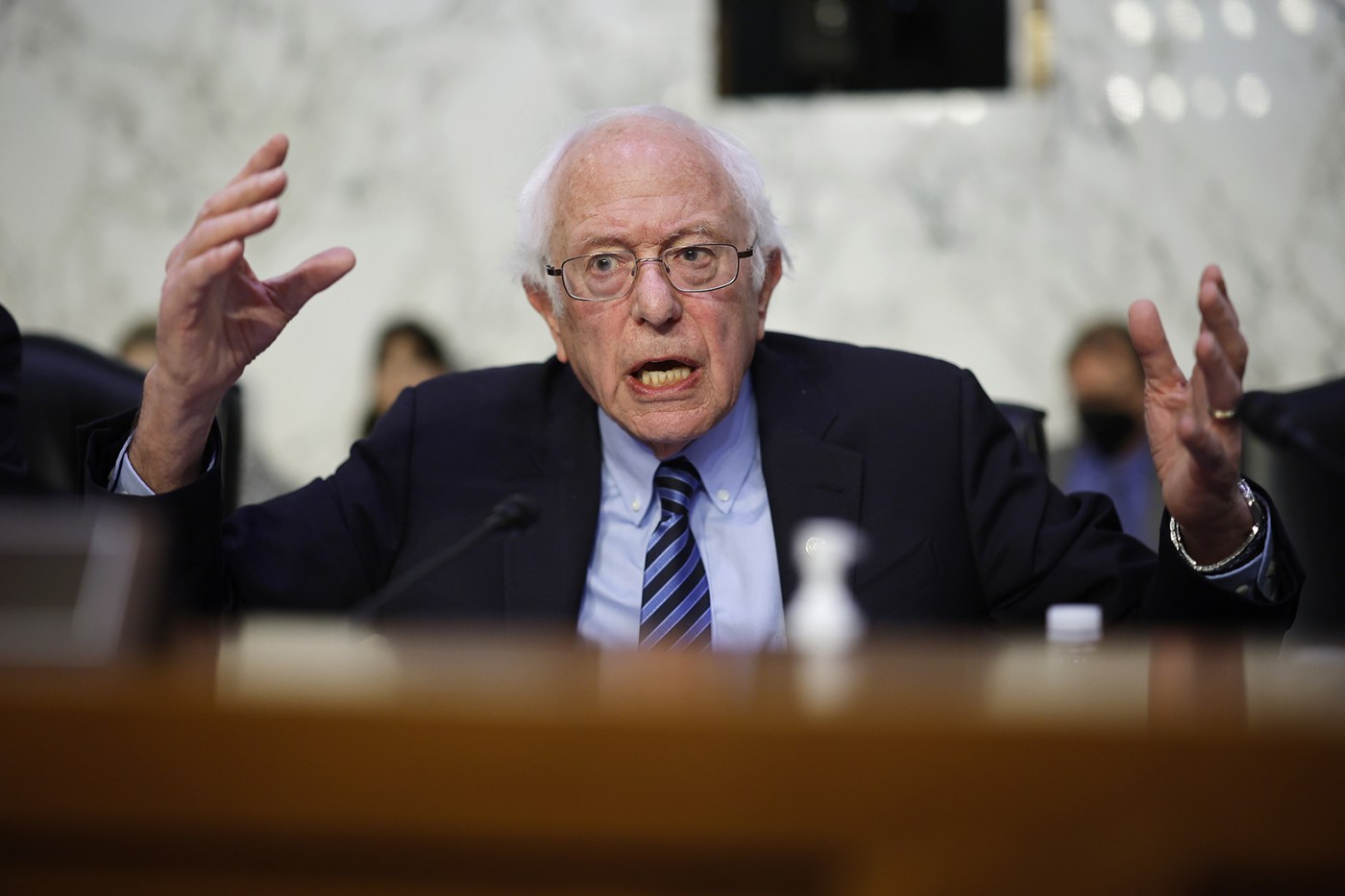
Experts say Medicaid rebate change is behind inhaler price cuts
A recent tweak to a Medicaid formula could be behind the shake-up to inhaler products, a series of changes that have both benefited and harmed patients with asthma and chronic obstructive pulmonary disease, or COPD.
Three of the four major inhaler manufacturers have announced plans to cap patient copays for all their inhalers at $35 a month in recent weeks, in addition to lowering the list prices of some of those products. But one drugmaker also withdrew two popular children’s inhalers from the market, and the alternative is in short supply.
Boehringer Ingelheim, AstraZeneca PLC and GlaxoSmithKline, also known as GSK PLC, all announced the $35 monthly copay cap, which could significantly extend the impact of their current patient assistance programs. The companies have simultaneously cut list prices — the initial price before health plans negotiate discounts and rebates — for some, but not all, of their inhalers.
The drug companies say they’ve made the changes because they’re committed to helping patients. Some Democrats on Capitol Hill say it happened because of public pressure. But some drug pricing experts are pointing to a recent change in the formula of Medicaid’s mandatory drug rebate program as the reason. It’s the same reason experts pointed to when insulin manufacturers lowered their list prices, although those reductions were more widespread.
The rebate change can force drugmakers to actually pay Medicaid in some cases if list prices on older products outpace inflation. The effect is less severe on asthma products than it was on insulin, thanks to a 2009 ban on chlorofluorocarbons, a common propellant in old inhalers, that resulted in a wave of new inhalers with new patents.
Because the change to the Medicaid rebate formula penalizes older drugs with higher prices the most, the newer inhalers are less affected than older insulin products.
“They’re still playing the same game,” said Anna Kaltenboeck, a former Senate Finance Committee staffer under Oregon Democrat Ron Wyden who now leads ATI Advisory’s Prescription Drug Reimbursement Practice. “It just brought the ceiling on the game down a little bit. And they’re sort of diffusing it vis-a-vis the patients by giving them these copay coupons.”
The rebate change is tied to the change in list prices, though, not copays. Copay caps are important because they limit what patients pay — including, at least in this case, uninsured patients — but reducing list prices helps cut behind-the-scenes costs that are absorbed by the health care system.
The rebate change took effect in January. GlaxoSmithKline in January reduced the list price for its Advair Diskus and Advair HFA inhalers, while AstraZeneca also reduced the list price of Symbicort. Boehringer Ingelheim is also planning to cut the list prices for Spiriva HandiHaler and Atrovent HFA.
Other factors like Medicare’s new penalty for raising prices faster than inflation could also be driving the changes.
“Inhalers are prime examples, like insulin, of products where manufacturers have raised list prices over very long periods of time,” said Will Feldman, a pulmonary doctor with Brigham and Women’s Hospital and an instructor at Harvard Medical School.
He pointed to Boehringer Ingelheim’s decision to drop list prices on Spiriva HandiHaler, an older inhaler that now faces generic competition, and not its newer product, Spiriva Respimat.
“That product is far less likely to be impacted by the Medicaid rebate cap policy change than Spiriva HandiHaler,” he said.
Both Boehringer Ingelheim and AstraZeneca refuted the idea that the Medicaid rebate was behind the decision to cut list prices.
“We continually look at market dynamics to assess what more we can do to address barriers to access and affordability of our medicines to help patients living with respiratory diseases lead healthier lives,” an AstraZeneca spokesperson said.
Not all the developments were positive for patients. GlaxoSmithKline in January also discontinued Flovent HFA and Flovent Diskus, two of the few inhalers approved for children. Insurance coverage for the authorized generics can vary, and the only other major alternative, Organon’s Asmanex, is now in shortage because of increased demand.
“It is the perfect storm of what is wrong with our pharmaceutical system,” Feldman said. “And the end result is patients in some cases are suffering and not getting the products they need.”
GlaxoSmithKline did not say whether the rebate was the driving factor behind its pricing changes or the decision to discontinue the two inhalers, saying it “had been planning to discontinue the branded products for some time.”
“The price reductions build on our strong track record of increasing access and improving the affordability of its medicines including an ongoing commitment to responsible pricing,” a company spokesperson said.
Capping patient copays could greatly increase access to consumers as well, even though the drugmakers already offer patient assistance programs. Kaltenboeck pointed to the ongoing access issues for insulin despite the insulin makers’ long-standing assistance programs.
“We know that people were dying because they weren’t getting insulin,” she said, “which suggests to me that copay coupons and patient assistance programs aren’t reaching people to the extent that you want them to be reached.”
Public pressure
Senate Health, Education, Labor and Pensions Chairman Bernie Sanders, I-Vermont, singled out the four major manufacturers in January as part of an investigation into inhaler prices. On Friday, he took a victory lap in the wake of the drugmakers’ announcements to cap copays, saying “they’re beginning to catch on to the fact that the American people are sick and tired of paying astronomical prices for the prescription drugs they need to stay alive.”
He acknowledged that the companies are only lowering list prices on some products but stressed the importance of the copay caps to patients. He also attributed the drug companies’ announcements to the committee’s investigation and public backlash, rather than Medicaid’s rebate program.
“In this instance, we think it’s public pressure,” he said.
Additionally, Sanders urged the last of the four major manufacturers that hasn’t capped copays, Teva Pharmaceutical Industries Ltd., to follow suit. The company is smaller and more focused on generics, he said, but he hoped Teva executives would come around.
“They are considering it,” he said.
Teva did not respond to requests for comment.
In November, the Federal Trade Commission warned a number of drugmakers, including Teva and the other major inhaler manufacturers, that they had improperly listed patents in the Food and Drug Administration’s registry known as the Orange Book, which can help block competition from generic rivals.
Teva was one of several companies that refused to pull any of the patents the FTC challenged. On Friday, the FTC took another step against the manufacturer, filing an amicus brief in a patent infringement suit Teva brought against Amneal Pharmaceuticals Inc. for attempting to bring a generic version of its ProAir HFA to market. The FTC argues the patents that Teva is claiming are improperly listed.
The issues underscore the broader dynamics that lawmakers and regulators still face in unwinding the tangled drug pricing system. The copay caps are good for patients, Feldman said, but not nearly enough.
“It’s a Band-Aid on a problematic drug pricing system in our country,” he said.
The post Experts say Medicaid rebate change is behind inhaler price cuts appeared first on Roll Call.
___
©2024 CQ-Roll Call, Inc., All Rights Reserved. Visit cqrollcall.com. Distributed by Tribune Content Agency, LLC.


